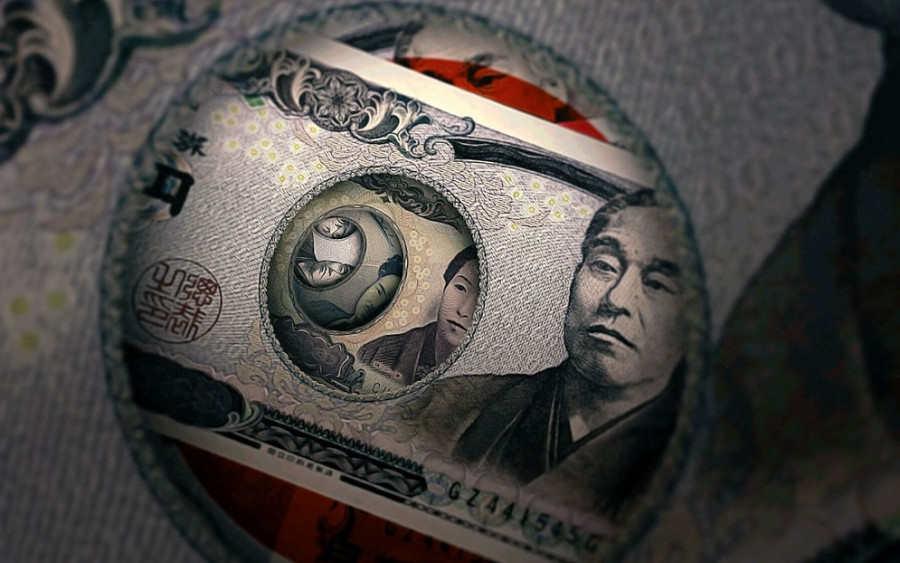The USD/JPY pair is experiencing a sharp decline, breaking through all intermediate support levels. At the time of writing, the bears were testing a strong price barrier at 150.00, which aligns with the lower line of the Bollinger Bands indicator on the daily (D1) timeframe. The next significant resistance levels are close by, within 200 pips: 149.20, which corresponds to the Kijun-sen line on the weekly (W1) timeframe, and 148.00, the lower line of the Bollinger Bands on the same timeframe.

It is important to highlight that the downward trend in USD/JPY is fully justified and supported by several fundamental factors. The main driver of this decline is the divergence in policy expectations between the Bank of Japan (BOJ) and the U.S. Federal Reserve. The Japanese central bank is adopting a more hawkish stance, indicating potential interest rate hikes, while the Fed is simply extending periods of pause between phases of monetary policy easing. This divergence explains the bearish trend in the currency pair, which has been evident since early 2025.
Analyzing the weekly USD/JPY chart, we can see that the price has been steadily declining since January 13, dropping from 158.20 to the current level of 150.05. Only one week (the previous one) saw a positive close, as buyers managed to push the pair into the 154 range. However, this week, sellers have more than reclaimed the lost ground.
In total, the pair has dropped 800 pips in six weeks. Given the fundamental backdrop, there is still room for further downside.
Several key factors favor the yen:
- Unexpectedly strong GDP growth in Japan in Q4
- A sharp acceleration in inflation in Tokyo (a leading indicator for nationwide inflation)
- Hawkish statements from BOJ officials
For instance, BOJ board member Hajime Takata recently advocated for further rate hikes "to mitigate the risks of rising prices." According to him, real interest rates in Japan remain deeply negative, necessitating further adjustments to monetary policy if the economy continues to perform as forecasted.
His remarks coincided with the release of a strong economic report. Japan's GDP grew by 0.7% in Q4 2024 compared to the previous quarter, marking the fastest expansion since Q2 2023. The result exceeded expectations, as most experts had forecasted a more modest 0.4% growth. The Q3 growth figure was also revised upward from 0.2% to 0.4%. In annualized terms, GDP increased by 2.8% in Q4, surpassing analysts' consensus of 1.0%.
Inflation continues to trend upward, as indicated by the Consumer Price Index (CPI) for Tokyo, which often serves as a leading indicator for national inflation patterns. In January, the overall Tokyo CPI increased to 3.4%, up from 3.1% in December. Meanwhile, the core CPI rose to 2.5%. These figures suggest that the nationwide CPI, which will be released on February 21, is likely to reflect a similar strong increase. Preliminary forecasts predict a rise in the overall CPI to 3.8% for January, following an increase to 3.6% in December. If the actual data aligns with these expectations, it will represent the highest inflation rate since February 2023, when the index peaked at 4.3%. Additionally, the CPI excluding fresh food prices is expected to rise to 3.1%, marking its highest level since September 2023.
Following Japan's Q4 GDP and Tokyo CPI data release, speculation has intensified that the BOJ may raise interest rates again at its March meeting despite already doing so in January.
Hajime Takata's hawkish stance further fueled market expectations, causing USD/JPY to drop an additional 150 pips.
Former senior BOJ official Hiroshi Watanabe stated that the central bank is likely to raise interest rates at least two more times this year, excluding the increase in January, as long as inflation remains stable or continues to rise. Additionally, nearly 70% of leading economists surveyed by Reuters believe that the next step towards monetary policy normalization by the BOJ will occur in the third quarter, with an expected 25-basis-point hike in May or June. If the nationwide CPI report exceeds expectations, the chances of a rate hike in March will increase, which could add more bearish momentum for the USD/JPY exchange rate.
From a technical perspective, the pair is trading below all Ichimoku indicator lines on the daily chart and is currently attempting to consolidate below the 150.00 support level (the lower Bollinger Bands line on D1). Sellers have tested the 149 range several times but have yet to consolidate in this price zone. Therefore, short positions should only be considered once the USD/JPY decisively breaks below this support level and consolidates below it. As mentioned earlier, the next downside targets are 149.20 (the Kijun-sen line on the weekly chart) and 148.00 (the lower Bollinger Bands line on W1).












